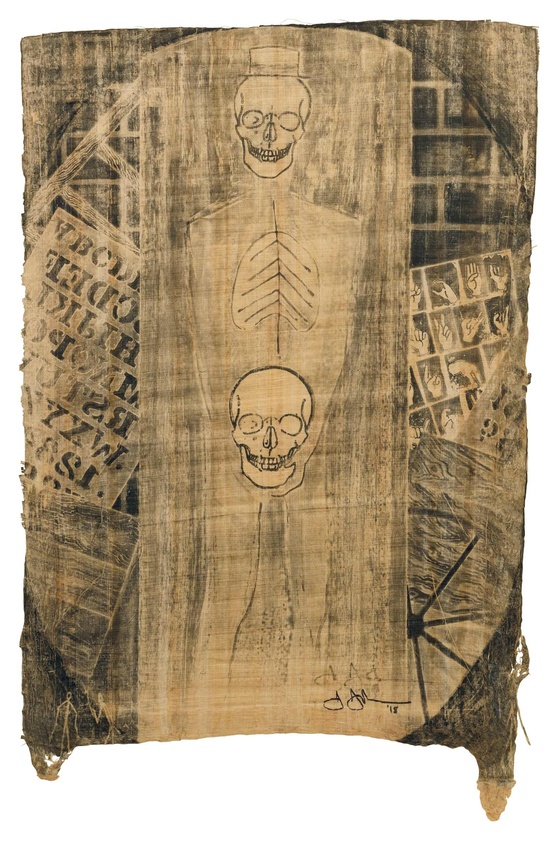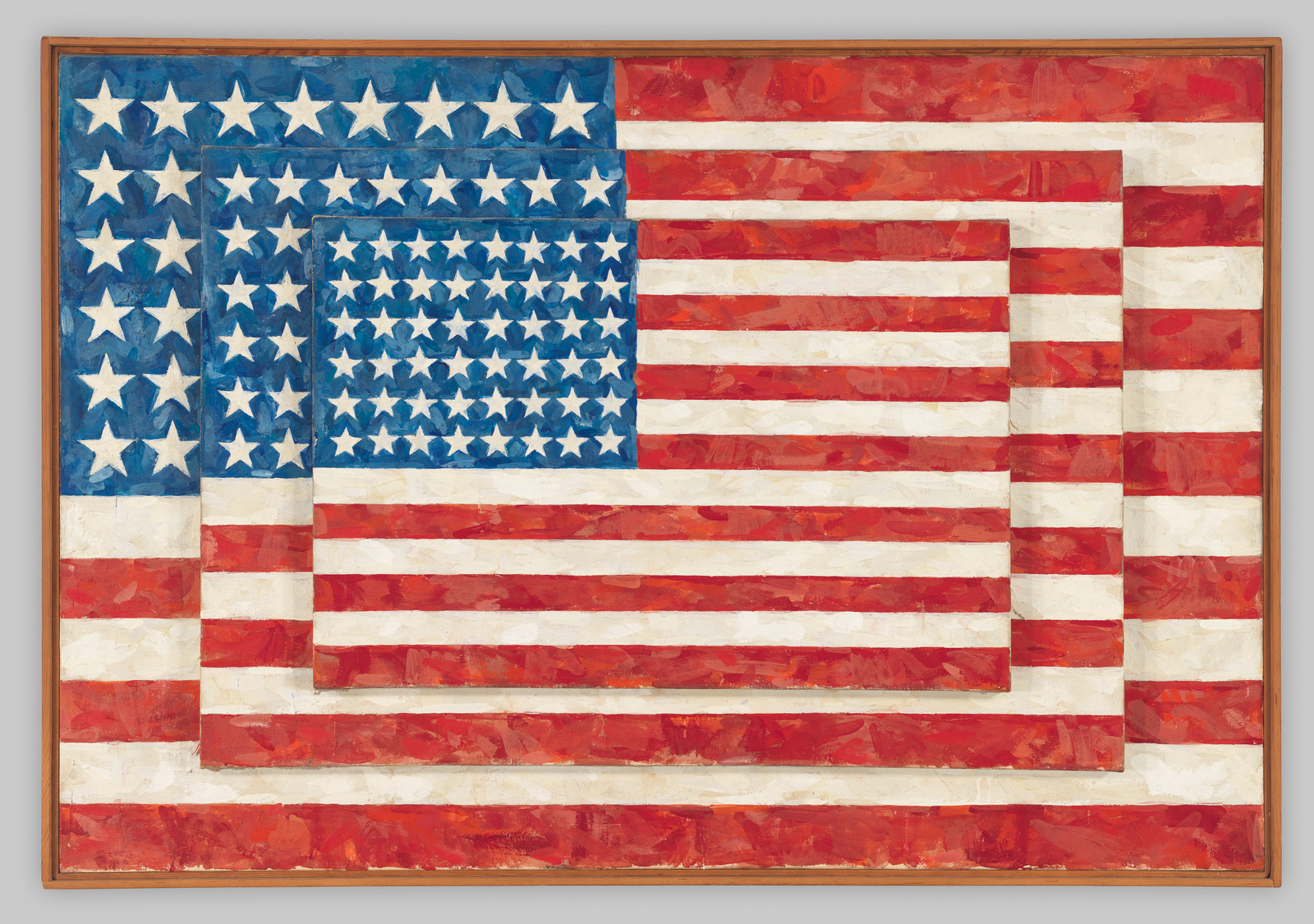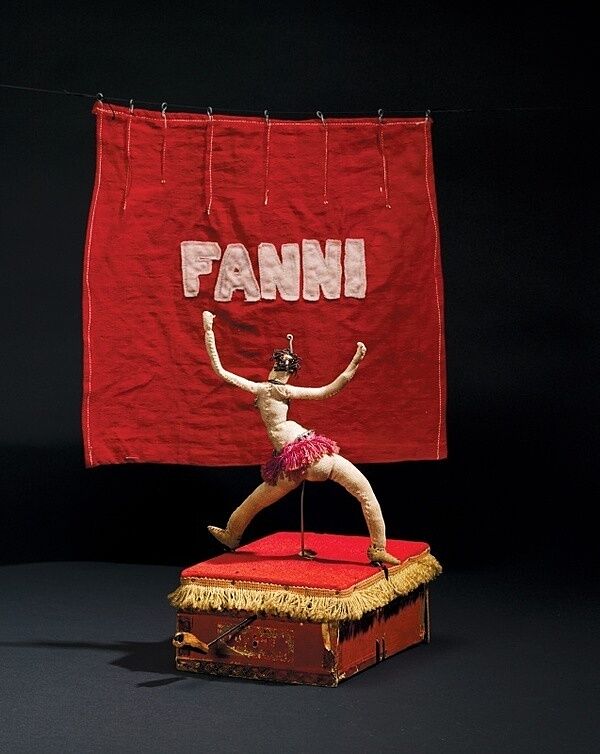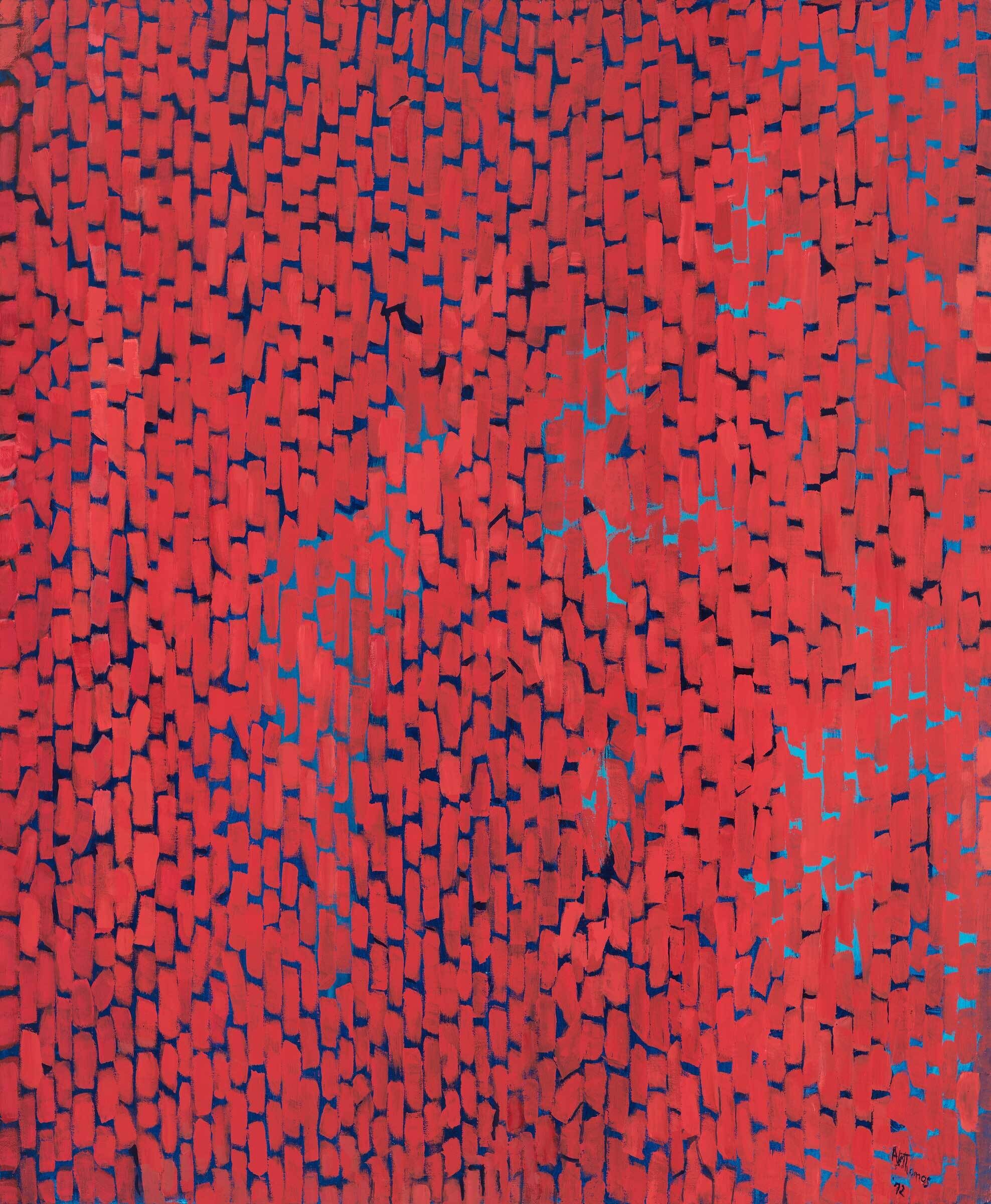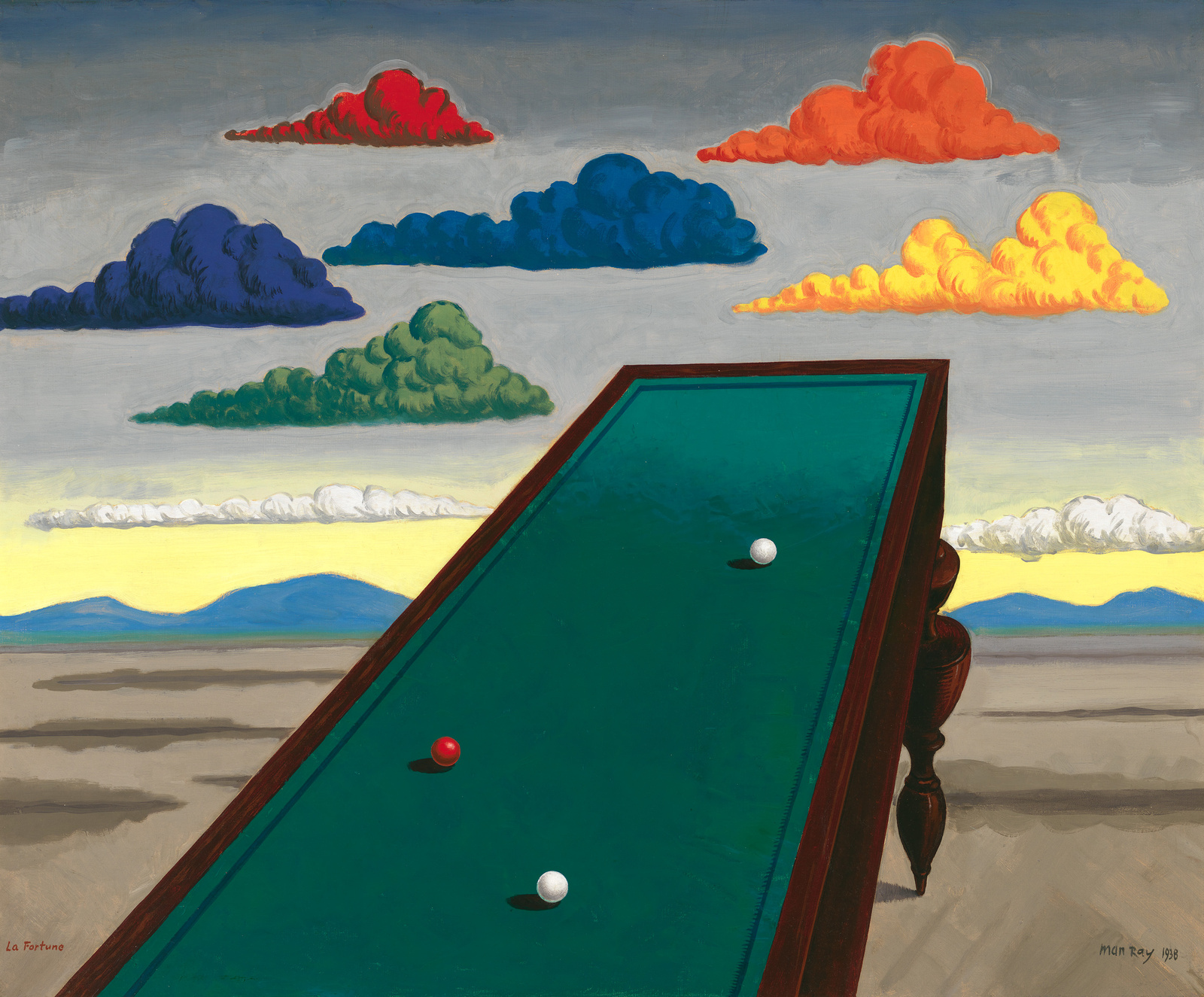Jasper Johns, Three Flags | Video in American Sign Language
Apr 15, 2013
In “Untitled” (America) and The Whitney's Collection: Selections from 1900 to 1965.
In this video blog (or "vlog"), educator and artist Christine S. Kim discusses Jasper Johns' iconic painting Three Flags.
Jasper Johns is an American painter who typically makes use of pre-existing symbols and icons in his work, such as flags, maps, targets, numbers and letters. His focus on these icons is not personal–he examines how they are seen in the external world, rather than engaging in personal expression or dialogue. Take, for example, the letter A. . .we come in contact with the letter A on a daily basis in its printed form. An example of Johns' approach can be observed in his use of the letter A. He stretched and changed its form and placed it in a repeating pattern. Upon examination, it is no longer readable as the letter A but has become something else, something more purely formal. Let me show you an example.
One night in 1954, Johns had a dream, a vision in which he saw the American flag with its stars and stripes. Johns pondered this image and one year later he painted his first American flag. Three years later, Johns was still focusing on the flag motif, and felt he needed to do something more with it. He created a sketch for a painting layering three flags of different sizes. The work here is entitled Three Flags. To create this work, Johns used a traditional technique known as encaustic painting, which involves mixing colorful pigments with warm wax. Using this mixture, one cannot paint in a leisurely fashion–rather a quick process of rapid brush strokes is required before the mixture hardens. This also creates layers of texture in the piece, highlighting the contrasts between the depicted image of the flag, which is flat and geometric and its textured, rippling surface.
An interesting fact about this piece is that it contains only 48 stars, not 50. In 1958 when it was painted the American flag only contained 48 stars. The following year, in '59, Hawaii and Alaska were voted in to the United States, making it a total of 50–despite this, Johns consistently continued painting only 48 stars in his works.
We encounter the American flag daily, whether on the subway or hanging from a flagpole. This is a familiar symbol to us, one that needs no explanation. But have you ever really taken the time to investigate the flag up close? I had the opportunity to do so and I realized my context was evolving and being reframed, and thus it has altered my experience of how I look at the flag.
I'm Christine Sun Kim. Thank you for watching.

